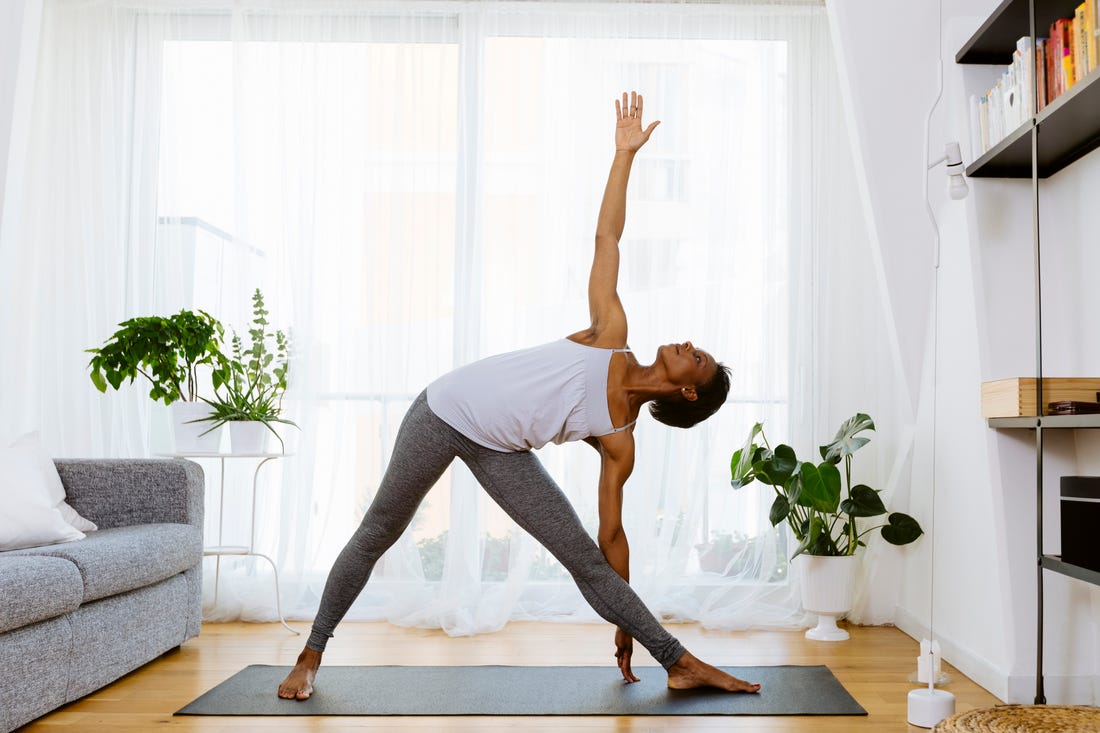Exercising in colder temperatures, whether indoors or outdoors, requires proper preparation to ensure a successful and injury-free workout. Cold weather can cause muscles to contract, increasing the risk of cramps and injuries. Here are valuable tips to help you stay on track:
1. Warm-Up for Cold Weather
Regardless of the season, it’s crucial to warm up properly before your workout. Cold weather can lead to muscle tightness, elevating the risk of cramps and injuries. A thorough warm-up enhances blood circulation, making your muscles more flexible and less prone to injury. Remember to stay hydrated, especially during winter months.
2. Dress Smartly in Layers
While it’s tempting to bundle up in the cold, overdressing can lead to discomfort. Exercise generates heat, and as you sweat, wet clothing can make you feel even colder. Opt for moisture-wicking fabrics that keep sweat away from your skin, ensuring you stay warm and dry. Dressing in layers allows you to adapt to changing conditions by easily adding or removing clothing.
3. Protect Vulnerable Areas
In cold weather, blood flow tends to focus on your body’s core, leaving your extremities susceptible to frostbite if left uncovered. To shield your hands, face, and ears from the cold, wear gloves, a hat, or a ski mask. These simple measures can protect your skin from frostbite and cold-related injuries.
4. Choose the Right Footwear and Socks
Maintaining good traction on slippery surfaces is crucial to prevent slips and falls. Opt for shoes with excellent grip and pair them with suitable socks. Avoid cotton socks, as they absorb moisture and can make your feet cold. Instead, select winter workout socks made from a blend of materials like merino wool and synthetic fibers. Merino wool helps regulate temperature, while synthetic materials provide durability and support.
5. Be Visible and Stay Informed
As daylight hours decrease in the cold months, visibility becomes vital. Ensure your safety by wearing brightly colored workout attire with reflective properties. Consider using reflective tape or flashing lights if you exercise near traffic to catch motorists’ attention.
6. Monitor Weather Conditions
Extreme cold or wet conditions can increase your vulnerability to temperature-related issues. If you become wet, it can be challenging to maintain your core body temperature, and layering may not be effective if your clothes are soaked. In cases of extreme cold, precipitation, or severe wind chills, consider taking a break or opting for indoor workouts.
How We Can Support Your Fitness Journey
Even the most experienced outdoor athletes can face challenges during cold-weather workouts, including injuries from ice and snow. If you’re dealing with strains, sprains, aches, or pains, our experienced professionals are here to help. Schedule a complimentary injury screening with our licensed physical therapists and athletic trainers. We’ll assess your condition and provide personalized recommendations to help you regain peak performance.
Don’t let cold weather hinder your fitness goals. Take the first step toward a safe and injury-free workout by starting your journey today.




